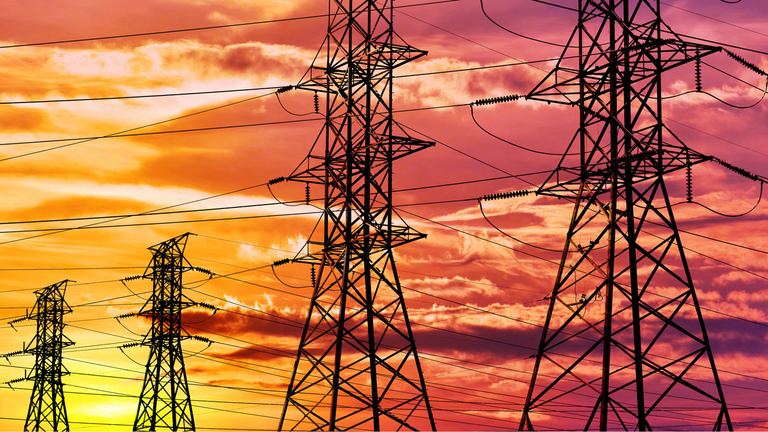With the major blackout in Mumbai on Monday, Punjab could be the next state to face a similar power outage problem. Here’s all you need to know about power cuts in India.
According to Mumbai’s electricity supply board, several parts of the city were facing power failure on Monday. A major grid failure caused a widespread power outage in Mumbai and surrounding areas, the first such blackout in more than two years. The power cut marooned the Mumbaikars and disrupted the service of thousands of passenger trains and also led to the delay in the college exams.
The electric supply is interrupted due to TATAs incoming electric supply failure. While power cuts are common in large parts of India, they are rare in major cities like Mumbai. The two-hour-long blackout prompted Maharashtra Chief Minister Uddhav Thackeray to order an inquiry.
As people in Mumbai struggled due to the power cut, there are many questions raised on how and why power outages take place? What are the various reasons that mount for the failure in the power supply? Are there sufficient resources in India in order to continue with the country’s power needs? These queries are now necessary to be resolved as the next city that’s going to suffer the similar problems of the power outage is likely to be Punjab.
It is being reported that the ongoing rail blockade against the Centre’s farm laws in Punjab has severely impacted the coal supply for the thermal power plants in the region.
Punjab State Power Corporation Limited chairperson and managing director Venuprasad said, “We are now left with two days of coal only.” According to officials, Lehra Mohabbat, Ropar thermal and GVK thermal power plants are already shut. Two other power plants: Talwandi Sabo and Nabha, are running at half of their total power generation capacity.
Why power cuts happen?
It is often said that power cuts are quite well known and familiar to most people in India, but it is important to know why these power outages take place so frequently. One of the foremost reasons behind power outrage in our country is the lack of capacity that does not use the resources of the country properly. Electricity is not something that is generated, stored and distributed when needed. It is generated, and immediately distributed. Thus, it is essential to build wider roads during peak traffic hours, and therefore it is required to generate more electricity during peak consumption hours.
Also, system failures are an important and most relevant reason for answering the above question. Failures of local transformers are very common in small towns, but with the use of the latest technologies, this problem has been mitigated to quite an extent. However, there are still many cities and towns in the country where the work is pending and power technique modernisation needs to be done.
How are there are no power cuts in big cities?
Many places in the country like Mumbai rarely have power cuts. The total power generation currently in this country is 2.75 lakh Mw. The per capita power demand in India is close to 1000 Kwh. There is also at least one power distribution company in every city. With the auction of mines and Coal India increasing its production to record output, we have surplus coal in the country to fuel our power stations.
So theoretically, we all should get at least 15-18 hours of uninterrupted power supply. Cut to reality. There are 4 million households with no electricity connection. North-eastern states still await a reliable power supply. Hinterlands in states such as UP, Haryana, Bihar, Jharkhand, Odisha, and more have power cuts running into days.
So, why are we finding it difficult to ensure 100 percent penetration of electricity across the country? Because the utility which is supposed to provide electricity in our homes and establishments does not have the money to buy more power and set up new transmission lines.
Big cities like Mumbai get a 24X7 power supply. This is because in Mumbai, there are privately owned power suppliers, and residents pay whatever tariff is charged –which is revised periodically as per the cost of purchasing power.
Inefficiencies in India’s power sector:
India has made great strides in expanding access to electricity in recent years, as more than 130 million people joined the power grid since 2013. However, 178 million people in India still lacked access to grid electricity till 2017. The 2018 Global Competitiveness Report ranked India 80th among 137 world economies in the reliability of electric supply.
With electricity demand predicted to triple by 2040, India’s reliance on coal poses a major pollution problem. According to the Health Effects Institute, exposure to fine particulate matter from coal-powered plants contributed to 82,900 deaths in 2015.
A new World Bank report titled, “In the Dark: How Much Do Power Sector Distortions Cost South Asia,” says India’s power sector has an “efficiency” gap that costs the Indian economy about four percent of GDP a year.

